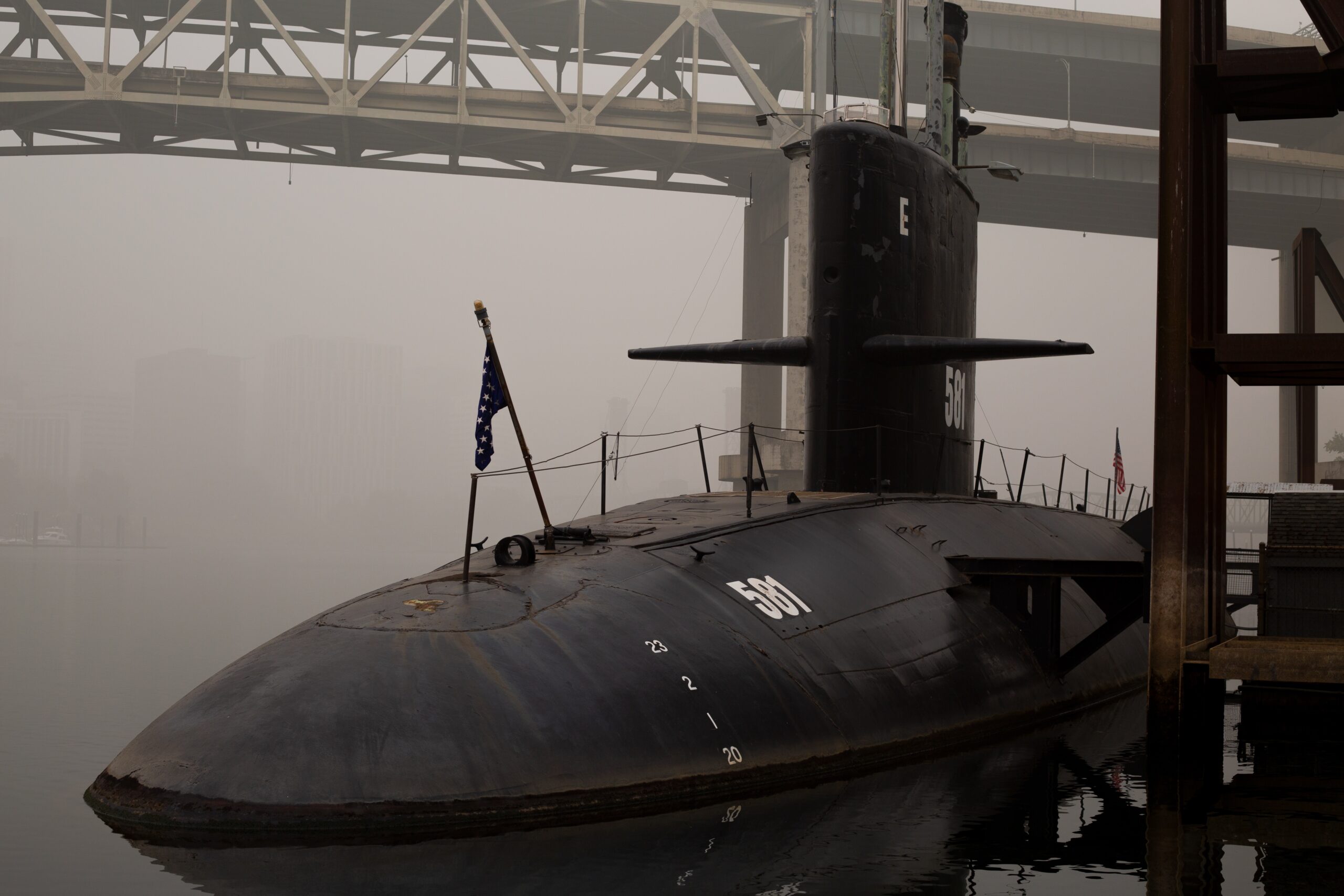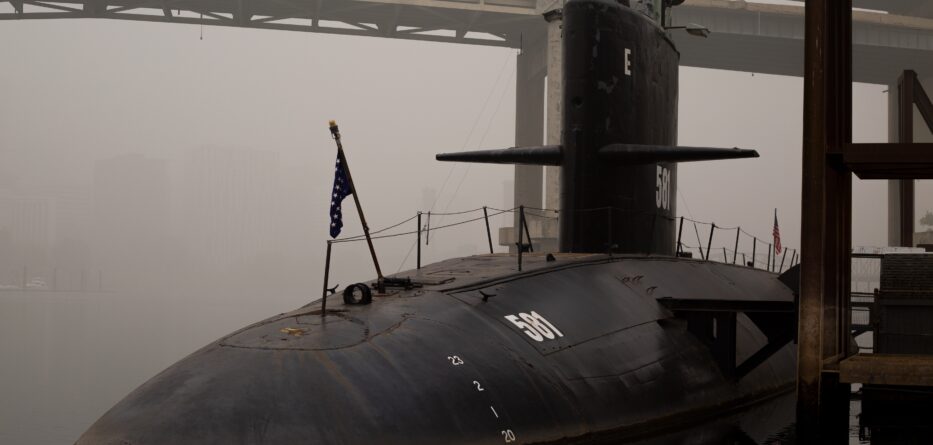
Credit: Unsplash
In a dramatic turn of events, banging sounds were detected underwater during the ongoing search for a submersible that went missing near the wreckage of the Titanic. These mysterious sounds have sparked hope of finding survivors, leading to intensified search and recovery efforts.
Sonar devices deployed to locate the lost 21-foot submersible picked up the banging sounds emanating from beneath the water. Initially detected on Tuesday, the sounds occurred every 30 minutes and were heard again four hours later, according to an internal government memo obtained by CNN.
Details regarding the exact timing and duration of the banging sounds remain unclear, but a subsequent update indicated that additional acoustic feedback was heard. This information not only aids in guiding surface assets but also reinforces the belief that survivors may still be present.
The US Coast Guard reported that Canadian P-3 aircraft detected underwater noises, prompting the reallocation of resources to investigate their source. However, the agency tweeted early on Wednesday that searches had yielded negative results.
BREAKING: The U.S. Coast Guard said a Canadian aircraft has detected underwater noises during the search for a submersible missing near Titanic wreckage. https://t.co/9KQBbaA2oL
— The Associated Press (@AP) June 21, 2023
The dwindling oxygen supply on the small submersible compounds the urgency of the situation. As of midnight Wednesday morning, there may be less than 30 hours of breathable air left, based on the last estimate provided by US Coast Guard officials.
Named “Titan,” the submersible carried one pilot and four mission specialists when it lost contact with its mother ship approximately 1 hour and 45 minutes into its journey to explore the Titanic wreckage. As time runs out, a collaborative effort is underway, involving military and commercial assets from the US, Canadian Armed Forces, New York Air National Guard, and even a research ship dispatched by French President Emmanuel Macron.
Retired Navy Capt emphasizes the challenging nature of this task. Ray Scott “Chip” McCord, has overseen several salvage operations throughout his 30-year career. In response to the situation, the US Navy is deploying subject matter experts and a “Flyaway Deep Ocean Salvage System” designed to lift heavy undersea objects.
While search efforts are underway, the passengers on board the submersible are confronted with a dire situation. David Gallo, senior adviser for Strategic Initiatives at RMS Titanic, noted the decreasing oxygen levels and the fight against the cold that the passengers would be experiencing. The whereabouts of the vessel, whether still submerged or surfaced, remain unknown.
-
Realizing What Really Matters We all have busy schedules and little to no time to sit around, expecially if...
-
Apple’s Potential Big Move Apple is said to be seeking a stake in luxury carmaker McLaren and is in...
-
Twitter Deal Wouldn’t Work Salesforce is rumored to be bidding on Twitter, which for most seems totally not feasible....
-
Car Talk Cars are so fascinating. They get us from one place another yes, but their history is just...
-
Hottest Travel Destinations Hitting the beach in the summer is a great way to relax, but going to the...
-
Debate Reactions Last night was the first round of debates out of four and the entire country was sitting...
-
Life Is All About The Journey Life is full of surprises. Every day is a fresh start giving you...
-
Robert Morin gave 50 years of his life to the University of New Hampshire’s Library, and ended up giving...
-
Moments In Mindfulness Living in the moment is so important especially because we are living in a generation where...
-
A Breathtaking Aerial New Zealand photographer Sam Kynman-Cole captured drone footage of a playful orca whale interacting with a...
-
The Largest Marine Protected Area On The Planet President Barack Obama more than quadrupled the size of a marine...
-
Say Hello To Google’s New Service Google’s Waze is moving into Uber and Lyft’s ride-sharing turf with plans to...



















